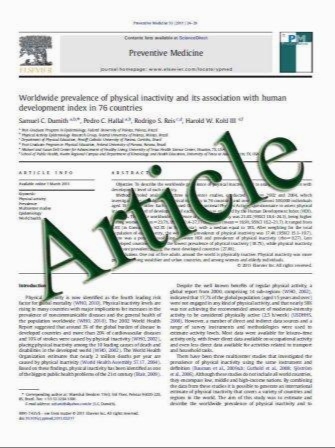Interactions between severity and location of chondral lesions and meniscal tears found at arthroscopy
- نوع فایل : کتاب
- زبان : انگلیسی
- مؤلف : S. Jones • N. Caplan • A. St Clair Gibson • N. Kader • D. Kader
- چاپ و سال / کشور: 2011
Description
Purpose This study reports the specific interactions between the different grades and locations of chondral lesions found in symptomatic knees requiring arthroscopy. The associations between meniscal tears and chondral lesions were also investigated. Methods Data were analysed for 141 knee arthroscopies (87 males and 54 females), with a mean patient age of 45.9 years. Chondral lesions were defined according to the modified Outerbridge classification system by a single surgeon immediately following arthroscopic surgery. Results The most common clinical findings were medial meniscal tears (47%) and medial femoral condyle lesions (57%). Compared to other locations within the knee, the medial femoral condyle was the most commonly affected location for a chondral lesion and 75% of these lesions were graded as III (32%) or IV (43%). Similarly, 77% of knees with a trochlea lesion were affected by high-grade chondral lesions (grade III = 12%; grade IV = 65%). The trochlea presented with the greatest percentage of grade IV chondral lesions. Eighty percent of patients with a meniscal tear also had a chondral lesion. Medial meniscal tears were most commonly observed with medial femoral condyle lesion. Lateral meniscal tears were most commonly observed with lateral tibial plateau lesions. Twenty-nine percent of patients had corresponding lesions on the medial femoral condyle and medial tibial plateau, and this was the most commonly found interaction between chondral lesion locations. Conclusion Patients with medial meniscal tears are likely to also have a chondral lesion on the same side of the knee. Level of evidence II.
Knee Surg Sports Traumatol Arthrosc DOI 10.1007/s00167-011-1470-8 Received: 29 June 2010 / Accepted: 24 February 2011


